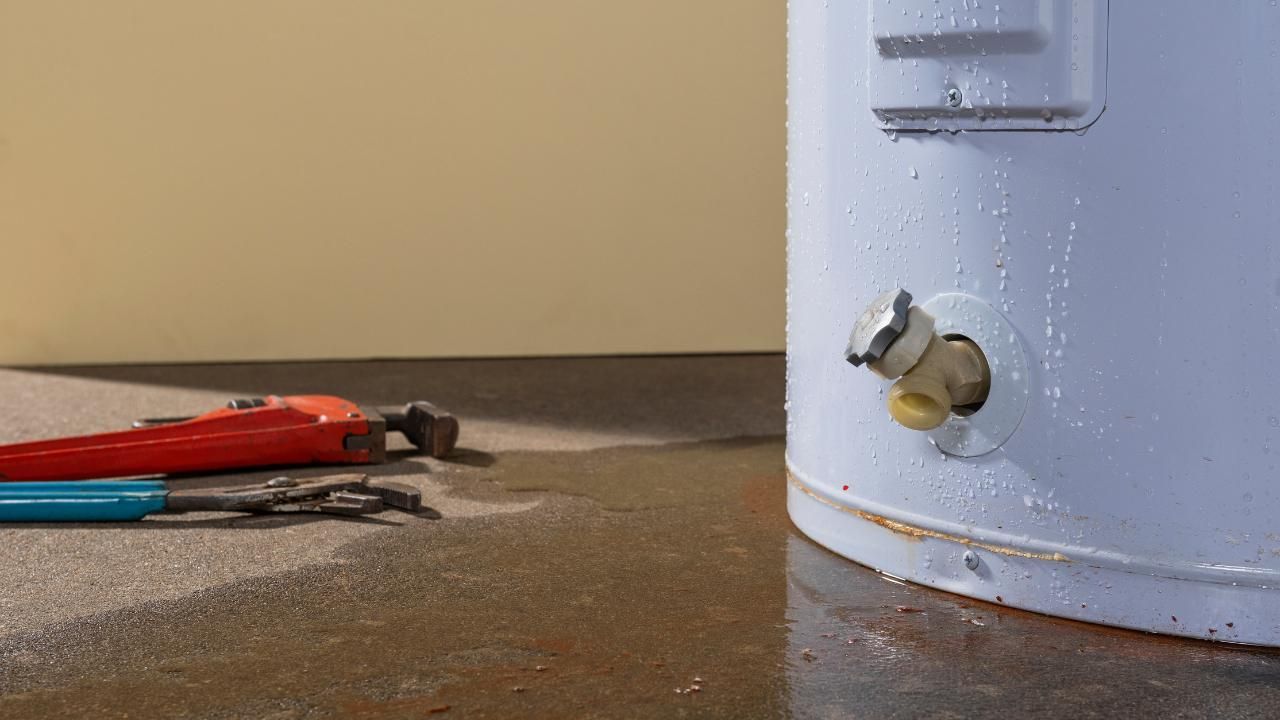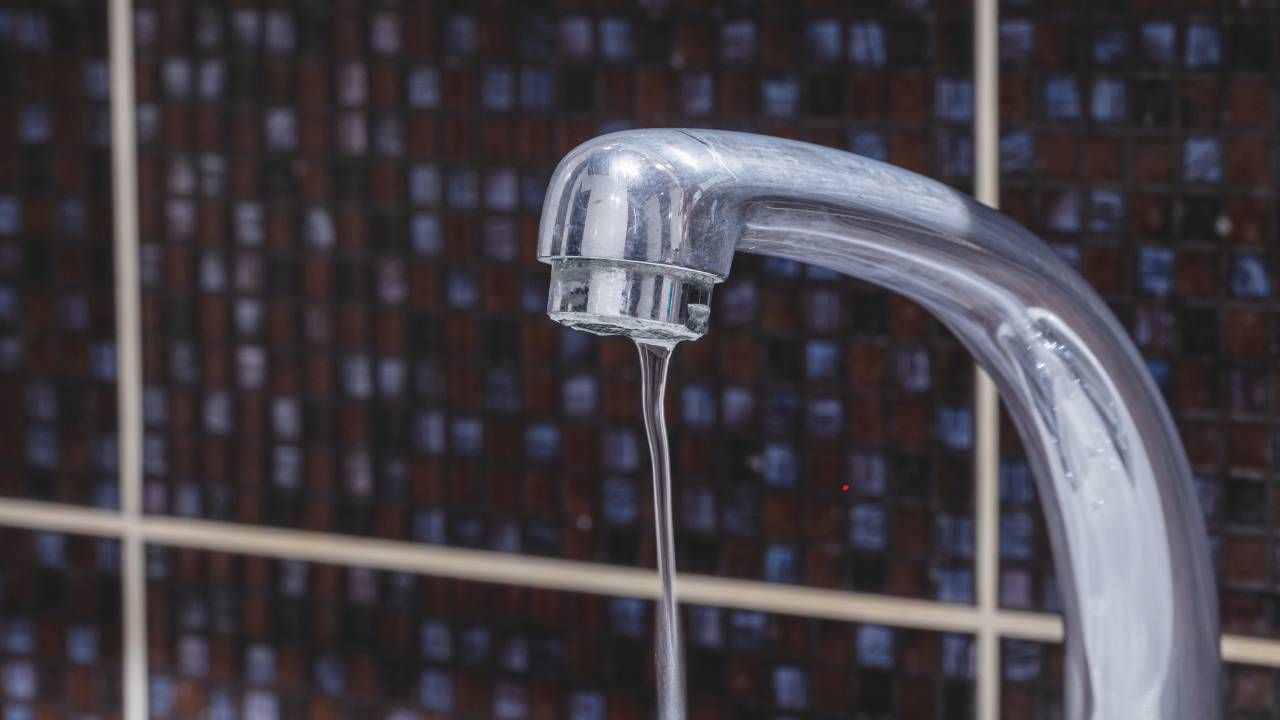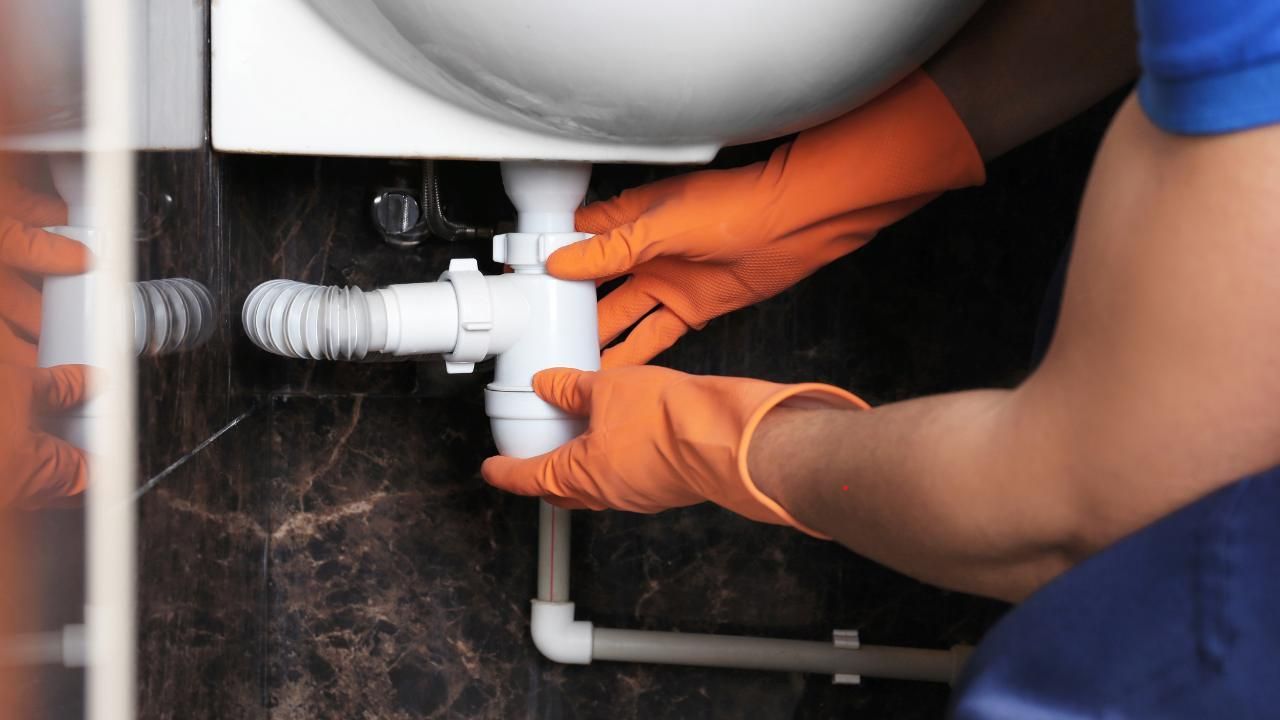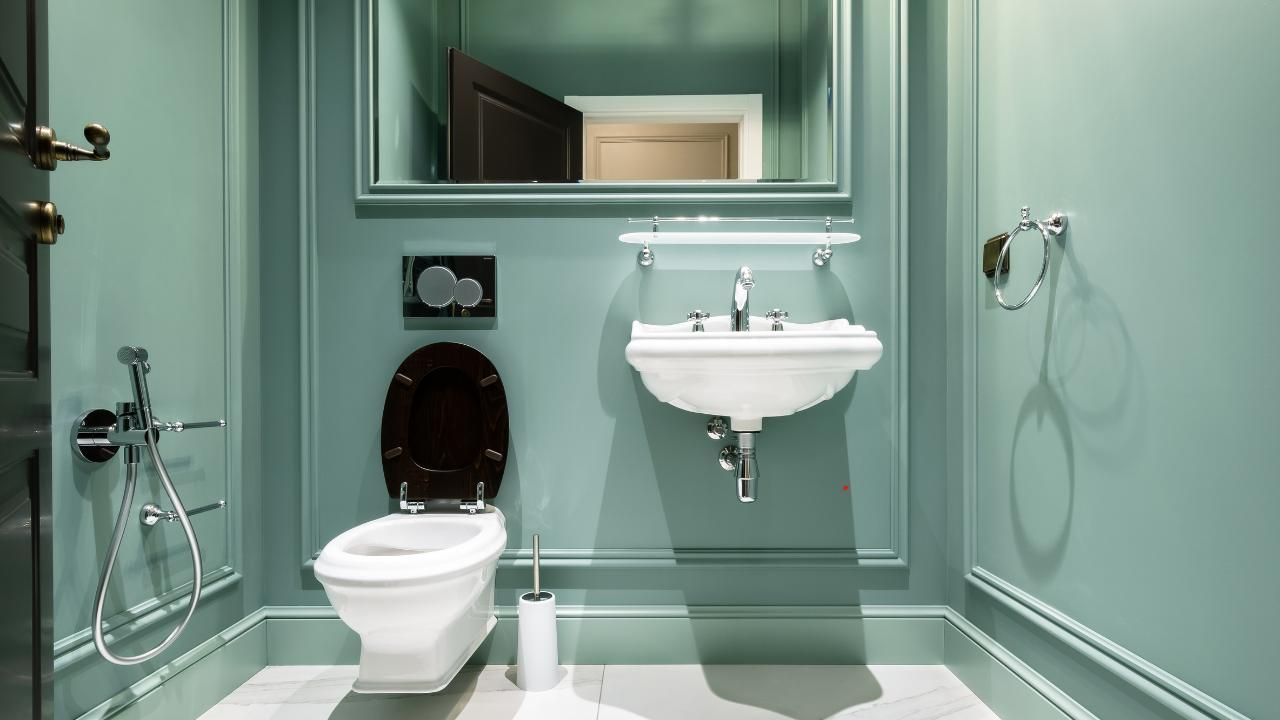Water Heater Leaking? Here’s What to Check First

A leaking water heater can throw your entire day off. One moment you’re enjoying a hot shower, the next you’re cleaning up a puddle in your utility room. If you’re dealing with this issue and need plumbing help in a hurry, don’t panic. Many leaks have common causes—and a few of them are easier to fix than you might think.
If you’re in need of plumbing Commerce City CO residents trust, getting professional help from a local expert like Fast Trak Plumbing and Drain can save you time and stress. But first, let’s take a look at what you can check on your own.
Step 1: Identify the Source of the Leak
Before grabbing a wrench, pinpoint exactly where the water is coming from. Not all leaks mean your water heater is done for—sometimes the culprit is a nearby pipe or fitting.
Start by checking:
- Top of the tank – Look for leaks from cold or hot water inlet pipes.
- Bottom of the tank – This could be a serious issue involving the internal tank.
- Pressure relief valve – If this is dripping, it may simply need to be replaced.
- Drain valve – This is located at the base and can become loose or faulty over time.
Wipe the tank dry and check again after an hour to see where fresh water appears.
Step 2: Shut Off Power and Water Supply
If you confirm the leak is coming from your water heater itself, safety comes first. Turn off the power supply:
- Electric units – Flip the breaker.
- Gas units – Turn the gas control valve to “OFF.”
Then, shut off the water supply to prevent further leakage. The shut-off valve is usually on top of the unit, where the cold water pipe enters. Turn it clockwise until it stops.
Step 3: Check the Temperature and Pressure Relief Valve
This valve is designed to open when the pressure gets too high inside your tank. It’s a common leak point—especially if the valve is faulty or the water temperature is set too high.
What to do:
- Lift the valve’s lever to flush out any debris.
- If it keeps leaking after snapping back in place, it may need replacing.
Also, check that your thermostat isn’t set above 120°F. High temps can increase pressure, leading to leaks or even tank failure.
Step 4: Inspect the Drain Valve
Sometimes a slow leak comes from the drain valve not being completely closed. Try tightening it gently with a wrench. If water continues to drip:
- Attach a garden hose to drain the tank.
- Replace the valve with a new one from your local hardware store.
Don’t overtighten. That can cause more damage or strip the threads.
Step 5: Examine for Internal Tank Leaks
If the outer tank is dry, the leak could be inside—between the inner lining and the outer shell. This usually means the tank itself is corroded and cannot be repaired.
At this point, it's time to consider replacing the unit. Fast Trak Plumbing and Drain offers expert service for water heaters and can help you decide whether repair or replacement is the best route.
Case Study: Quick Save on a Saturday Morning
Last month, a homeowner in Commerce City noticed a growing puddle around her heater just as she was leaving for the airport. She called Fast Trak Plumbing and Drain, and within an hour, a technician arrived. The issue? A faulty pressure relief valve. It was replaced on the spot, preventing potential flooding—and a very expensive water damage claim.
When in Doubt, Call the Pros
While some minor water heater leaks can be fixed with a little DIY effort, others require professional tools and training. For reliable plumbing Commerce City CO homeowners can count on, Fast Trak Plumbing and Drain is just a call away.
Not sure what’s causing your water heater leak? Don’t wait for it to get worse—reach out to a local plumbing expert today for a quick, expert fix.




